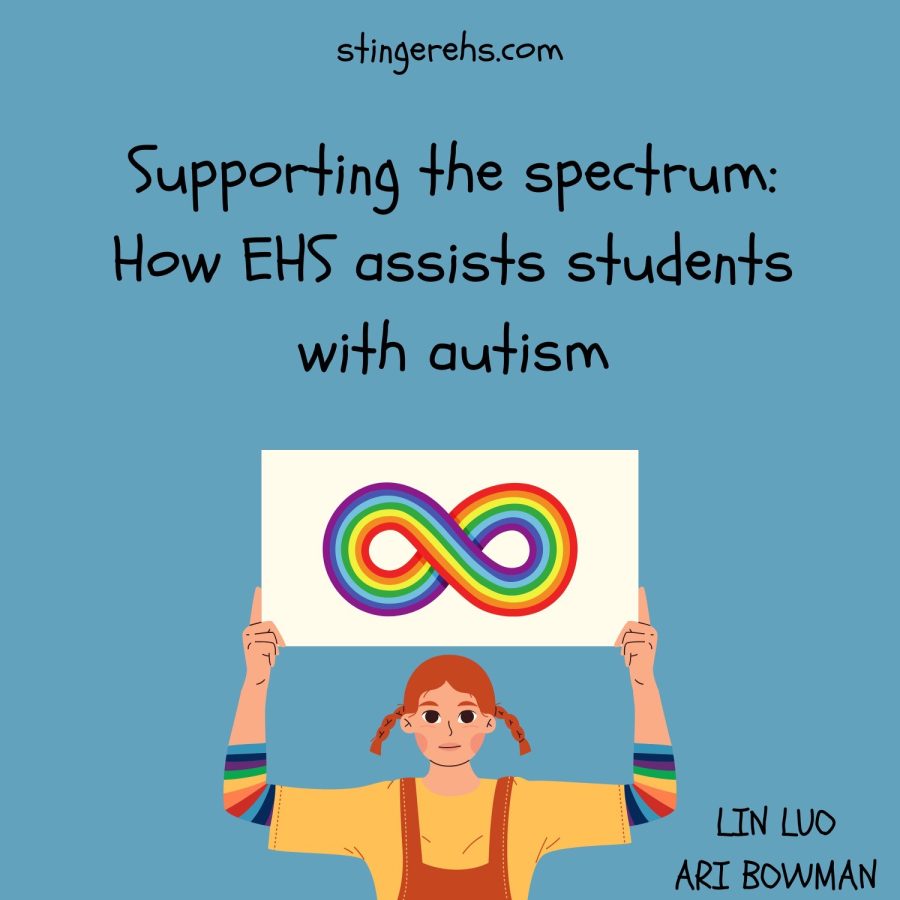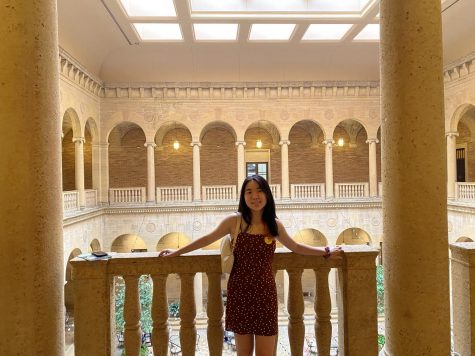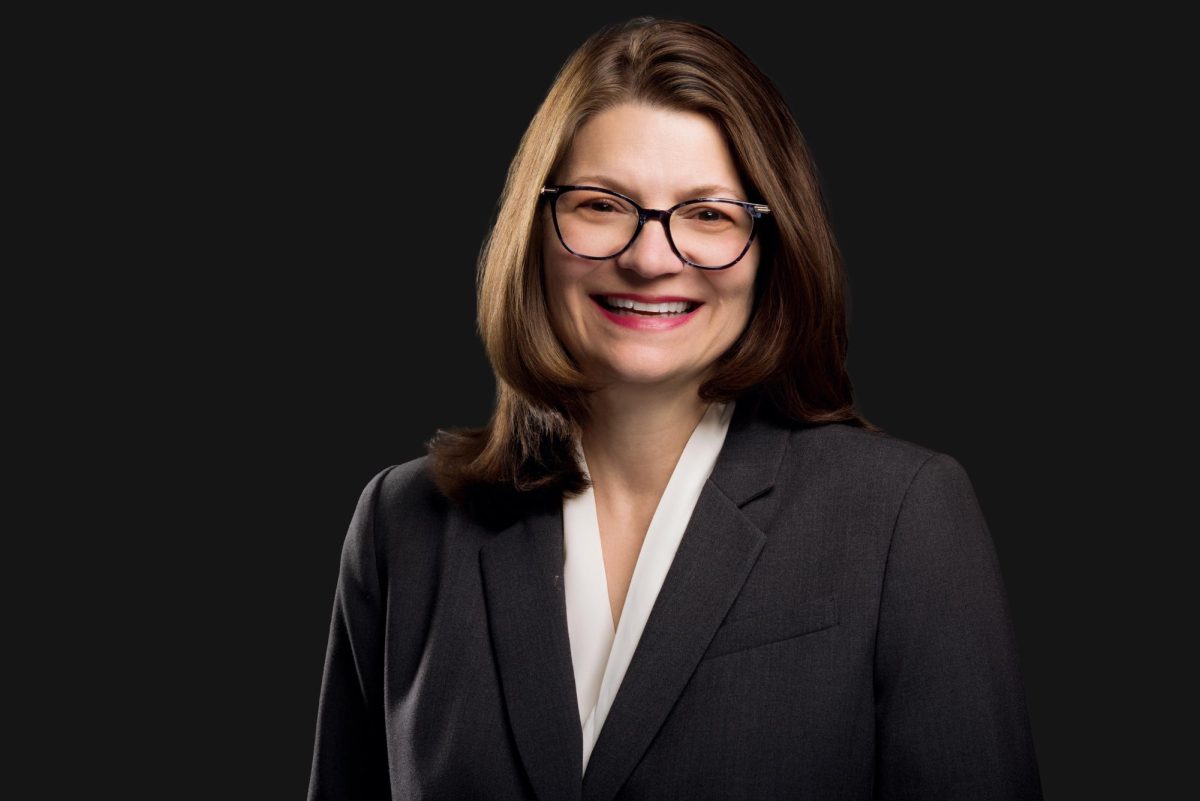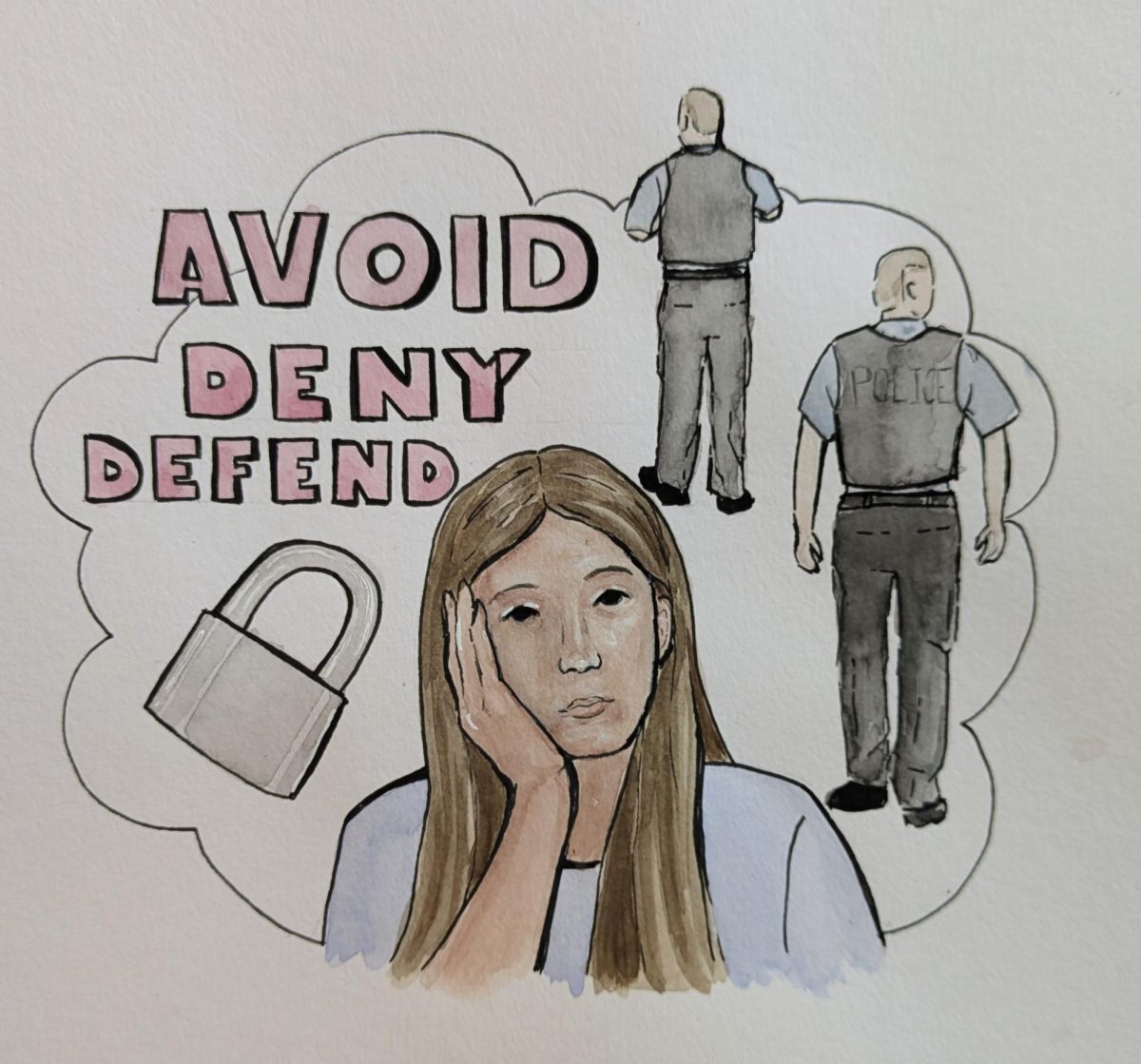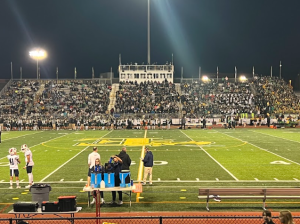Supporting the spectrum: How EHS assists students with autism
May 24, 2022
This previously ran in our April 2022 print issue.
Lemons, a junior at Emmaus High School, sits in English class with an intricate imaginary world unfolding in their mind. They picture monsters, mythical creatures, and other inhabitants of a magical universe they’ve created from scratch.
Lemons stands out from the crowd in many ways; a tall stature, shaved head, and bright wardrobe. Yet one of the qualities that most sets Lemons apart from the vast majority of their peers also happens to be the one that isn’t visible: they have autism.
Diagnosed in first grade, Lemons has an Individualized Education Plan (IEP) that calls for accommodations like extra time on tests or assignments. With these supports, Lemons’ autism isn’t always very noticeable to other students. While Lemons sometimes struggles in social situations or high-stress environments, they learn in general education classrooms along with their neurotypical peers.
Gabriel Lopez, another student with autism, has a much different high school experience. A sophomore at Emmaus, Gabriel struggles to speak and answer questions. Unlike Lemons, Gabriel does not learn in classrooms with his neurotypical peers. Instead, each day, along with a small number of other students whose support needs range from moderate to high, he heads to a special education classroom.
There he learns about math, social studies, financial literacy, and many other subjects familiar to most high school students. Still, the special ed classroom differs from a regular education classroom in many ways. For one, there are fewer students — a maximum of eight per classroom as opposed to the school’s average student/teacher ratio of 18:1, as stated by USNews. There are also more adults in the room, such as nurses, aides, and assistants.
Lemons and Gabriel offer two different examples of people with autism, with two completely different sets of needs and abilities.
According to the CDC, Autism Spectrum Disorder is a developmental disorder causing difficulties in social and emotional communication, among various other symptoms. ASD is an umbrella term that refers to many different past diagnoses, including autistic disorder, pervasive developmental disorder not otherwise specified (PDD-NOS), and Asperger’s syndrome. Autistic Self Advocacy Network, an organization created by and for autistic people, states that “there is no one way to be autistic,” and that “every autistic person experiences autism differently.”
There are a wide range of symptoms, presentations, and experiences underneath the ASD label, and no one person with autism is exactly the same. While one person might struggle with speaking and use an AAC (augmentative and alternative communication) device, such as a tablet, to express themselves, another student might have no issue speaking at all — they might just struggle in different aspects of communication, such as eye contact or oversharing.
Dr. Linda Pekarik, the Director of Special Education for EPSD, says that “every student that qualifies for special education services has an individualized education plan, so that plan really dictates the level of support that they need and the level of intervention that they need. It’s really driven by the needs of the student.”
Emmaus High School offers many different types of special education, such as learning support, gifted education, and emotional support — there is also an autistic support program. While an ASD diagnosis is required to get into autistic Support, diagnosis alone isn’t enough to warrant a placement. Students also must demonstrate a need, such as speech, language, and behavior difficulties. Examples of these needs or symptoms include the use of an AAC (augmentative and alternative communication) device in place of speaking, disruptive outbursts, or elopement. There are plenty of autistic students in general education, and only students with more specialized support needs in areas such as these are in the full-time autistic support program.
Gabriel is in the autistic support program at Emmaus High School. He was diagnosed at three years old and was placed in early intervention, a state-funded program providing autistic pre-K children with therapies in their homes or daycares. Gabriel continued in special education programs through the entirety of his school career. In the autistic support classroom, they focus on many of the same things that students do in general education classrooms, but with an emphasis on independence and communication.
There is a focus on speech and language, occupational therapy, and physical therapy. Students can also receive on-the-job training outside of school, working in local businesses like Weis and Cold Nose Lodge.
“In my classroom specifically, we focus on a lot of life skills as well as working on their academics. So we do math, science, reading, and social studies. So we kind of focus on everything, and then we kind of hone in on more of the independence and advocating for themselves,” autistic support teacher Lynn Gitski said.
Since being in the autistic support program, Gabriel’s mother, Azalia Lopez, has seen improvements in her child’s overall comprehension of topics learned in the classroom.
“I’ve seen progress in Gabriel’s knowledge of math, money, all those kinds of things,” Lopez said. “This teacher, the one he has now, is really consistent and awesome.” Of course, not every student with autism is in autistic support. Take Lemons, for example. Their day is like anyone else’s, just with accommodations that help them to succeed. When asked about their typical day, they replied, “Normal. I wake up, go to school, go home.” They have an IEP which, “for my autism, gives me a lot of support where I need it.” Some of the accommodations they receive include being able to choose where they sit in the class, extra time on tests and assignments, being able to have a fidget item in class, and a chair pad to sit on. These adjustments allow them to be comfortable in the classroom and succeed in the setting.
A survey conducted by the Autism and Developmental Disabilities Monitoring (ADDM) Network in 2018 found that the prevalence of autism in 8-year-old children is about 1/44, or approximately 2%. Autism is more common than one may think, with autistic students often camouflaged in plain sight — it is about as prevalent as red hair, which is natural to about 1-2% of the world’s population, according to a study by the British Medical Journal.
“There are students in your classrooms that may have autism and you don’t even know,” Gitski said. “It just depends on what their needs are and how they need to be met.”
While students with lower support needs often blend into the crowd, students who may need more support can often feel isolated from the rest of the school community.
“I think he’s separate,” Azalia Lopez said about her son, Gabriel. “But I think it’s also part of his personality… he needs to be purposefully involved to connect with him.”
Lopez wishes that the school would try harder to “incorporate [him] with the general population,” but she understands how difficult it might be.
There are many different levels of support students can receive at Emmaus High School. Most students, like Lemons, receive an itinerant level of support, which, according to Jen Layton, director of Special Education at EHS, is “the least restrictive environment for students to be in.” At the itinerant level, students take mostly general education classes while receiving specially designed instruction written into a student’s IEP. These students spend 80% or more of their day in general education classrooms.
Other students, however, might spend less time in general education classes and more in learning support classrooms, called the supplemental level. The most restrictive level is full time, where students spend less than 30% of their day in a general education classroom. Some students may move in and out of different support levels. “Sometimes students may start out in a more restrictive environment… but after a marking period, we see that they are making great progress and they can absolutely move to a GP regular education classroom, maybe with the support of a co teacher or an instructional assistant,” Layton said.
East Penn is committed to including students with disabilities in general education classrooms wherever possible.
“Each year, East Penn has worked towards increasing the number of special education students educated in the regular education environment,” said Dr. Pekarik. “Inclusive settings are considered first when determining the least restrictive environment. All elementary and secondary buildings promote inclusive practices and settings for students with IEPs.”
This means that it’s always the initial goal to see that students can succeed in a general education classroom. It’s only after they struggle there that they receive supplemental or full-time support. East Penn ensures that each student has the support they need in an environment that secludes them as little as possible.
Autistic people are everywhere, and they are as different and diverse as anyone else. It’s a spectrum, and on that spectrum there are a variety of needs, personalities, presentations, and more. There are autistic adults and autistic children, autistic people of color, and autistic people with other disabilities. Some autistic people can speak, some cannot. No two autistic people are exactly the same, just like no two neurotypical people are exactly the same.
There is immense diversity on the autism spectrum, and everyone on it is deserving of the same respect. While people might have different abilities, everyone is deserving of support, no matter how small or large their needs are.


